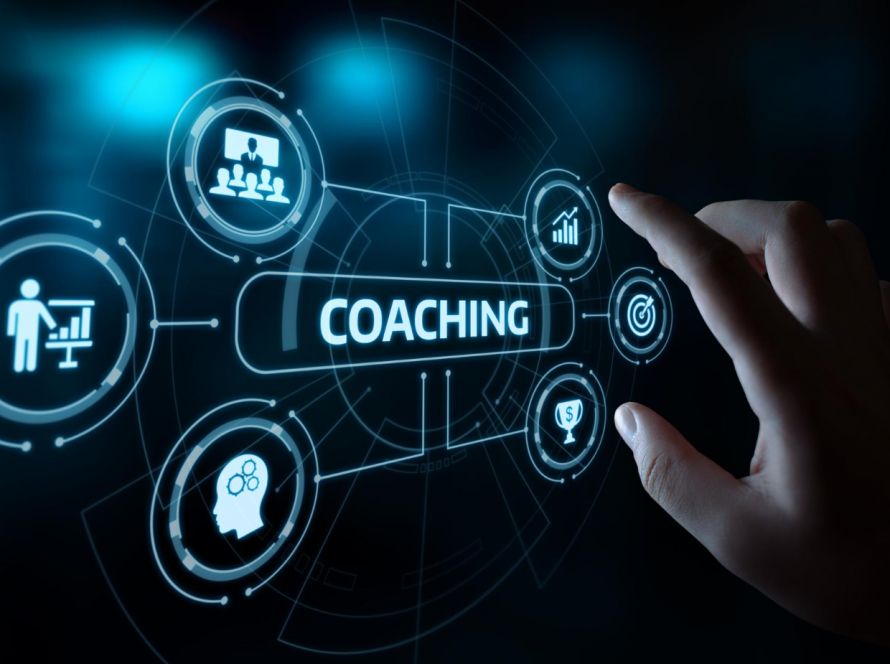Effective communication is a cornerstone of successful teamwork. Whether you are leading a small group or managing a large team, conveying information clearly and efficiently is crucial for productivity, collaboration, and overall project success. In this blog post, we will explore key strategies and best practices to help you communicate information effectively to your team.
Establish a Communication Plan:
- Creating a communication plan sets the foundation for effective information exchange within your team. Consider the following:
a) Determine Communication Channels: Identify the most suitable channels for different types of information. This may include email, team messaging platforms, project management tools, or face-to-face meetings. Align the channels with the nature and urgency of the information.
b) Set Clear Expectations: Define guidelines for communication frequency, response times, and preferred formats. Ensure that everyone understands how and when to communicate to avoid confusion and delays.
Choose the Right Communication Method:
- Different situations call for different communication methods. Here are some common methods and when to use them:
a) Written Communication: Emails, memos, and project documentation are ideal for conveying detailed information, instructions, or formal updates. Ensure your writing is concise, well-structured, and easy to understand.
b) Verbal Communication: Face-to-face meetings, video conferences, or phone calls are best for complex discussions, brainstorming, and conveying nuanced information. These methods promote real-time interaction, allow for immediate feedback, and encourage collaboration.
c) Visual Communication: Utilize visual aids such as graphs, charts, and diagrams when presenting data, complex concepts, or project timelines. Visuals can enhance understanding and make information more digestible.
Be Clear and Concise:
- Clarity is key when communicating with your team. Ambiguity and lengthy messages can lead to misunderstandings and decreased productivity. Follow these guidelines:
a) Use Plain Language: Avoid jargon and technical terms that may confuse team members. Keep your message clear, concise, and easily understood by everyone.
b) Organize Information: Structure your message logically, using headings, bullet points, or numbered lists. Break down complex information into smaller, manageable sections for easier comprehension.
c) Highlight Key Points: Emphasize important details, deadlines, or action items to ensure they are not overlooked. Use bold text, highlight colors, or bullet points to draw attention to critical information.
Encourage Two-Way Communication:
- Effective communication is a two-way process. Encourage your team members to actively participate and provide feedback. Here’s how:
a) Active Listening: Give your undivided attention when team members are speaking. Listen actively, ask clarifying questions, and ensure everyone feels heard and valued.
b) Foster an Open Environment: Create a culture that encourages team members to share ideas, concerns, or suggestions without fear of judgment. Respectful and constructive feedback leads to better outcomes and continuous improvement.
c) Regular Check-ins: Schedule regular team meetings or one-on-one sessions to discuss progress, address questions, and gather feedback. This allows you to address any issues promptly and keep everyone aligned.
Conclusion:
Effective communication is the lifeline of any successful team. By implementing a well-thought-out communication plan, choosing appropriate methods, and emphasizing clarity and two-way communication, you can ensure that information flows smoothly and efficiently within your team. Remember, effective communication not only enhances productivity but also fosters a collaborative and engaged work environment.


